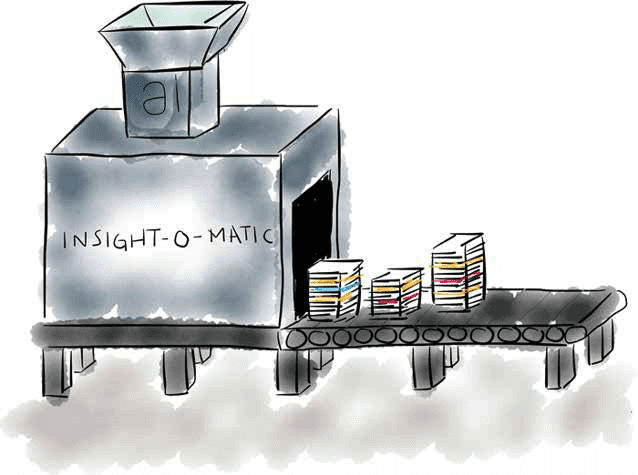|
Getting your Trinity Audio player ready...
|
“News automation is making its way to newsrooms all over the world,” says a new WAN-IFRA report exploring the potential of automated news. “Artificial intelligence (AI) tools are now helping journalists tell new kinds of stories that were previously too resource-impractical or technically out of reach.”
Nevertheless, while newsrooms are increasingly warming up to the possibilities of automating news content, a number of challenges still surround the actual implementation and deployment of this growing development, the study found.
The World Association of Newspapers and News Publishers (WAN-IFRA) partnered with the University of Helsinki and the VTT Technical Research Centre of Finland to produce this latest report, called News automation: The rewards, risks and realities of ‘machine journalism’.
News media companies face ever-growing commercial pressure to extract higher margins from dwindling resources and that is a key driver for news automation, powered by machine learning and AI.
Dean Roper, Director of Insights, WAN-IFRA
The report focuses on a specific part of news automation: the automated generation of news texts based on structured data. It features five examples of how news automation has been implemented in newsrooms around the world:
- MittMedia and United Robots (Sweden)
- RADAR (UK)
- The Washington Post (US)
- Valtteri (Finland)
- Xinhua and Caixin (China)
For example, The Washington Post uses Heliograf, which has produced 850 articles between 2016 and 2017, and helps create automated stories in areas with a lot of data, “such as election results, crime, real estate, or earnings announcements.”
News automation provides media companies with an opportunity to expand their businesses outside traditional news, the researchers found. Right now, one of the main goals of automated content is to save journalistic effort, especially on repetitive tasks, while increasing output. The good news is that so far, news automation has not replaced humans, and looks set to work alongside humans in the newsroom.
“News automation is not a radical break with the past but a gradual continuation of the use of software in the newsroom,” the report says, underplaying the impact of news robots. “For all the hype about “robot journalism” we are more or less in the same spot as three years ago.”

AI has a hype problem, the report contends, and we need to put aside our Hollywood-inspired ideas about super-advanced AI and instead see the automation process as a logical extension of the Industrial Revolution.
“Five years ago, there were many bold predictions about how automated journalism will develop,” says Andreas Graefe, Endowed Sky Research Professor at Macromedia University, in the report. “From claims that 90% of news will be automated to Pulitzer prizes for automated content. In reality, not much has changed. Progress is steady but slow.”
According to the WAN-IFRA report, the future of automation lies in decomposition, or deconstruction, of the fundamental principles of journalism. That means breaking down journalistic work into the actual information artifacts and micro processes to analyze what can be automated and what are inherently human tasks.
“The message from the top tends to be: “why have our journalists waste their precious time when machines can do much of the nitty gritty work for them?” But don’t worry, nobody, at least not in this report, is (yet) seriously talking about replacing the journalistic instincts of we humans,” contends Dean Roper, Director of Insights, WAN-IFRA.
Automatically generated texts beyond the most basic templating systems are often still prone to error, the study found. Automated journalism transforms structured data into news articles, and the quality of the output is highly dependent on the quality of the data that is fed into it. Consequently, publishers considering implementing news automation systems have a lot of judgment calls to make.
For in-depth details, please download the full WAN-IFRA report, News automation: The rewards, risks and realities of ‘machine journalism’
Images courtesy: WAN-IFRA report
Download WNIP’s comprehensive new report—50 Ways to Make Media Pay—an essential read for publishers looking at the multiple revenue opportunities available, whether it’s to reach new audiences or double down on existing super-users. The report is free and can be downloaded here.


